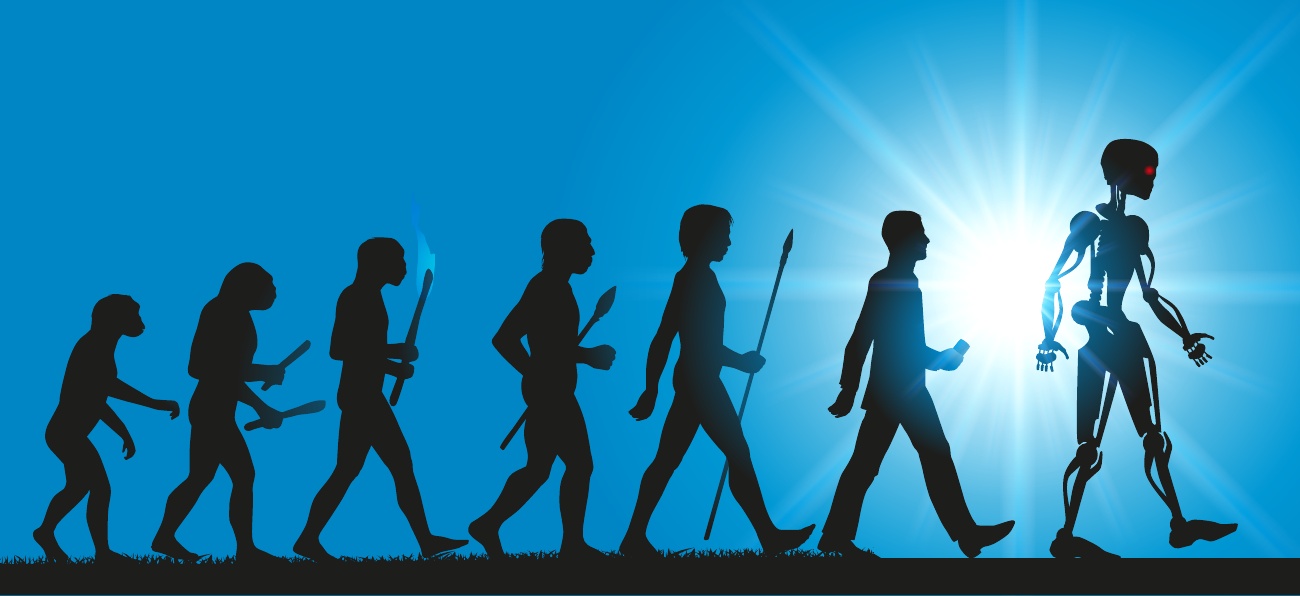
.* Unveiling the Enigma of AI’s Evolutionary Trajectory.* Unveiling the Enigma of AI’s Evolutionary Trajectory Artificial Intelligence (AI) has emerged as a transformative force, reshaping industries, empowering human endeavors, and sparking societal debates. As AI continues to evolve, so does its trajectory, unfolding an enigma that begs for exploration. Origins and Early Steps AI’s roots lie in early attempts at imitating human intelligence through symbolic reasoning and expert systems. These approaches laid the groundwork for more advanced techniques, such as statistical machine learning and deep neural networks. Accelerated Progress and Convergence In the past decade, AI has witnessed a surge in computational power, data availability, and algorithmic advances. This convergence has led to unprecedented progress in various domains, including natural language processing, computer vision, and robotics. Current Trends and Challenges Today, AI is at a crossroads. Key trends include: * Large language models (LLMs): Capable of generating human-like text and engaging in complex conversations. * Federated learning: Enabling collaboration across devices and organizations to train models on decentralized data. * Explainable AI (XAI): Making AI systems more transparent and understandable, addressing concerns about fairness and bias. Challenges include: * Data limitations: AI models depend on vast amounts of data, which can be biased or insufficient for certain applications. * Generalization gap: AI systems often struggle to generalize well beyond the data they were trained on. * Ethical considerations: AI’s potential impact on employment, privacy, and decision-making raises important ethical questions. Future Directions and Predictions The future of AI’s trajectory is subject to ongoing debates and research. Predictions include: * Augmented intelligence: AI assisting humans in complex tasks, enhancing creativity, productivity, and problem-solving. * AI for good: Harnessing AI to address societal challenges, such as climate change, healthcare, and poverty. * Emergence of AGI (Artificial General Intelligence): AI systems that possess cognitive abilities comparable to humans, potentially leading to fundamental societal changes. Conclusion The enigma of AI’s evolutionary trajectory is a testament to the transformative power and complexity of this field. As AI continues to evolve, it holds both immense promise and challenges. By understanding the current trends, addressing the obstacles, and embracing ethical considerations, we can shape the future direction of AI and its impact on our world.
Posted inNews